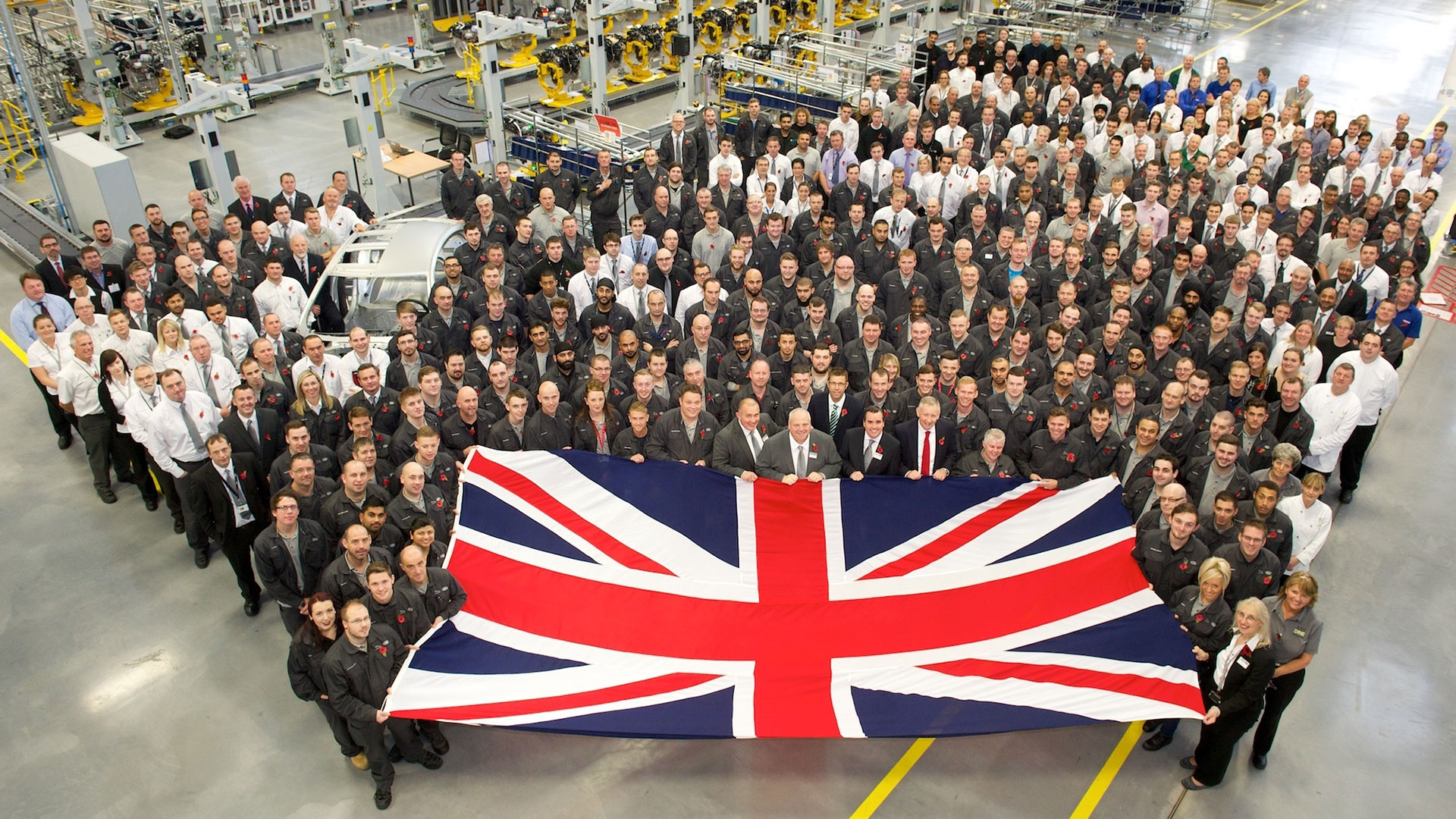

We may earn revenue from the products available on this page and participate in affiliate programs. Learn more ›
When Tata bought Jaguar Land Rover from Ford in 2008, it was a fire sale, even at $2.3 billion. Ford had bought both companies separately and plowed billions back in, money that hasn’t been recouped. In England, Tata was best known for Tetley tea, and there was a lot of doubt about Jaguar Land Rover’s future. What soon became clear was this: Tata, an enormous industrial conglomerate from India that has its fingers in everything, has proven to be an excellent corporate shepherd. In the last five years, Tata has doubled Jaguar Land Rover’s workforce and tripled production, all while investing more than $15 billion in R&D since 2009.
The results are everywhere you look—the Land Rover Evoque and LR4, plus Jaguars that include the new F-PACE, a model almost guaranteed to boost sales substantially. And in 2015, Jaguar Land Rover overtook Nissan and produced over a half-million cars and trucks in England. This represents more than 30 percent of the country’s annual consumer vehicle production.
As Jags and Land Rovers aren’t built anywhere else, the company exports them to 160 global markets while keeping 20 percent of production at home in England. In the U.S., Jaguar Land Rover was last year’s fastest growing brand; in fact, the U.S. overtook China as Jaguar Land Rover’s biggest single market.
To see a company that makes such character-rich cars, trucks and SUVs succeed and grow like this is magnificent. Yes, Jaguar Land Rover sometimes puts style before function, but that’s not such a crime. Far more important: The company hasn’t lost any of the passion exhibited by these legendary marques over the years. Can Jaguar keep up that explosive growth? Only time, and the success of the F-PACE will tell.

